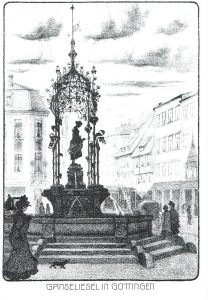CURRICULUM AND PEDAGOGY WORKS
(IN PROGRESS)
Wednesday, October 5, 2016
1:00-4:00 Scarfe 310
Lost in Queer
A Symposium on Queer Theory in Education: Pedagogy, Curriculum and Visual Art
Guest Speaker: Dr. William F. Pinar
Panelists:
Hector Gomez, Joanne Ursino, Kevin Day, Nicole Lee, Xinyan Fan
Readings
- King, T. L. (2016). Post-indentitarian and post-intersectional anxiety in the neoliberal corporate university. Feminist Formations, 27(3), 114-138.
- Luhman, S. (1998). Queering/queering pedagogy? Or, pedagogy is a pretty queer thing. In Pinar, W (Ed.). Queer theory in education (pp. 141-155). New York, NY: Routledge.
- Muñoz, J. (1995). The autoethnographic performance: Reading Richard Fung’s queer hybridity. Screen, 36(2), 83-99.
- Pinar, W. F. (2015). Queer theory. Unpublished Work.
- Popkewitz, T. S. (1997). The production of reason and power: Curriculum history and intellectual traditions. Journal of Curriculum Studies, 29(2), 131-164.
Resource
- Chang, D. (2016, Winter). Shout, shout let it all out. C Magazine, 128, 34–37.
- Kher, B. (2016). Matter. Vancouver, BC: Vancouver Art Gallery. (Exhibit, July 9 – October, 10, 2016). Retrieved from: https://www.vanartgallery.bc.ca/the_exhibitions/exhibit_kher.html

 Follow
Follow